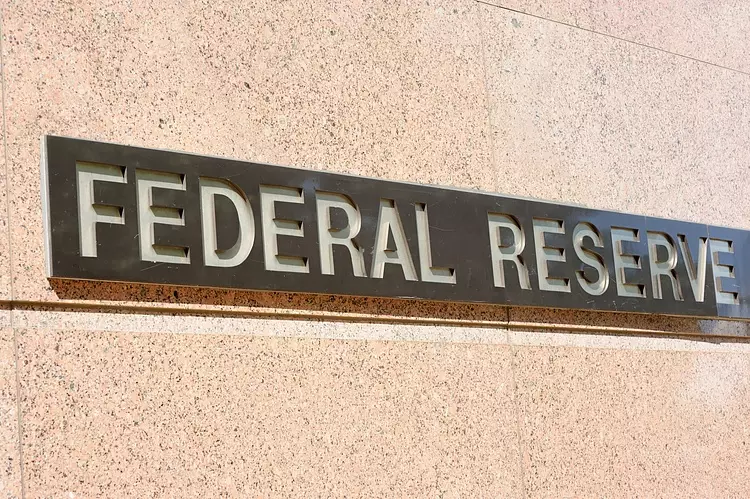Federal Reserve Chairman Jerome Powell recently made the decision to leave the policy rate unchanged at the range of 5.25%-5.5%. This decision was met with unanimous support from all 19 participants in the meeting. Powell explained that there was a real discussion about the possibility of reducing rates at the meeting, but ultimately, a strong majority supported the decision to keep rates steady. He also mentioned that policy lags have begun to show up in the economy over the last 6 months, but he feels confident about the current position of the economy.
Monetary policy in the US is primarily shaped by the Federal Reserve (Fed) and its two mandates: achieving price stability and fostering full employment. The Fed uses interest rates as its primary tool to achieve these goals. When inflation is above the Fed’s 2% target, interest rates are raised to curb rising prices. On the other hand, if inflation falls below 2% or the unemployment rate is too high, the Fed may decide to lower interest rates to encourage borrowing and stimulate economic activity.
The Federal Reserve holds eight policy meetings a year, where the Federal Open Market Committee (FOMC) assesses economic conditions and makes monetary policy decisions. The FOMC is comprised of twelve Fed officials, including the seven members of the Board of Governors, the president of the Federal Reserve Bank of New York, and four regional Reserve Bank presidents. In times of extreme crisis, the Federal Reserve may resort to Quantitative Easing (QE), a policy measure that involves increasing the flow of credit within the financial system. QE was utilized during the Great Financial Crisis in 2008 to stimulate the economy.
Quantitative Easing (QE) is the process of the Fed buying high-grade bonds from financial institutions, thereby injecting more Dollars into the financial system. This policy usually weakens the US Dollar. On the other hand, Quantitative Tightening (QT) is the reverse process of QE, where the Fed stops buying bonds and does not reinvest the principal from maturing bonds. QT is typically positive for the value of the US Dollar as it reduces the supply of Dollars in the financial system.
The decision to keep interest rates unchanged by the Federal Reserve indicates the cautious approach being taken to monitor the economy. Powell’s remarks emphasized the need for a careful assessment of the data before making any changes to monetary policy. The dual mandate of the Fed to achieve price stability and full employment continues to guide its decision-making process, with interest rates playing a crucial role in achieving these objectives. Overall, the Federal Reserve remains vigilant in its efforts to support the economy and maintain stability in the financial system.

